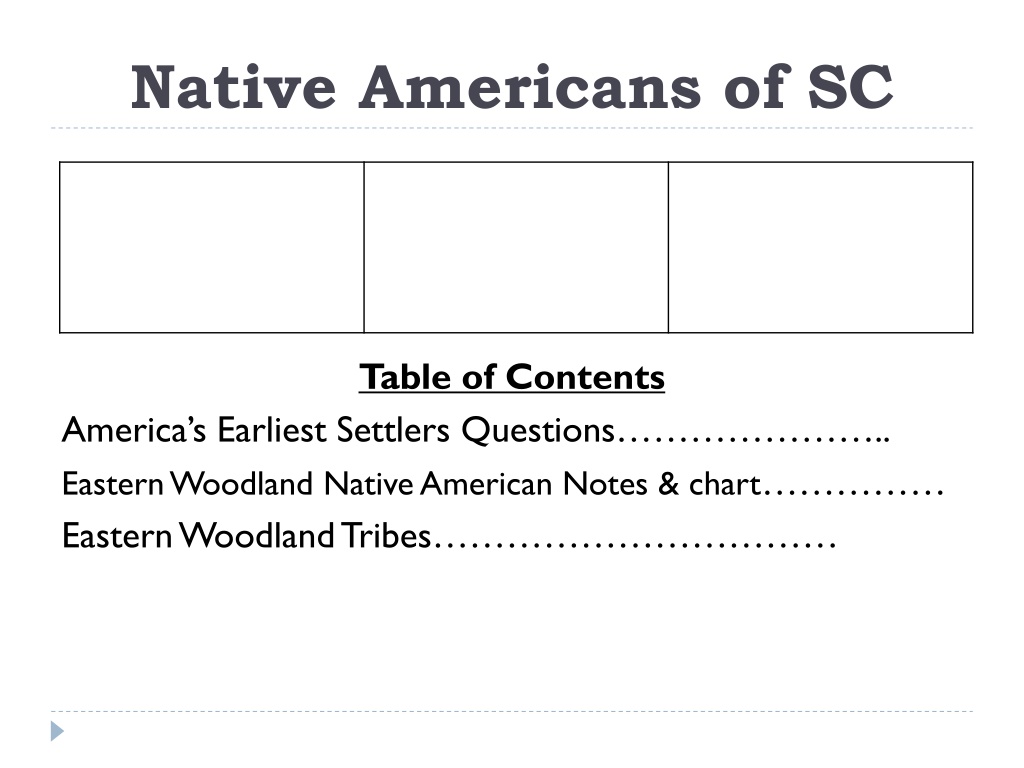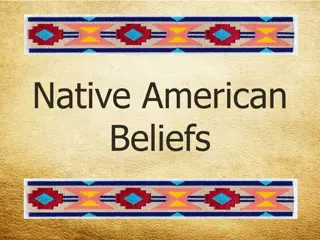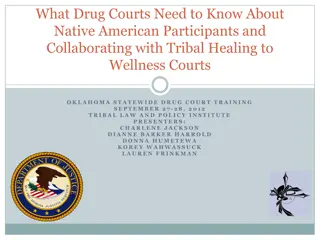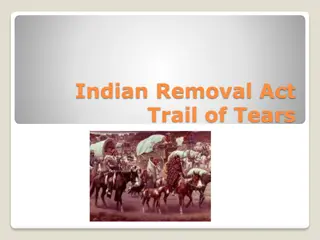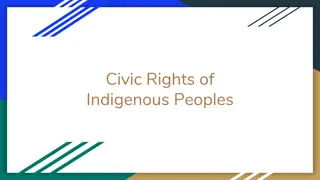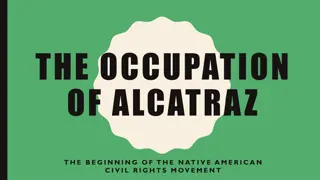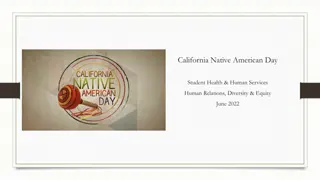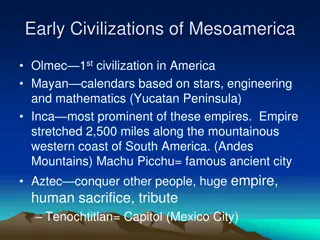Native American Tribes of South Carolina: History and Impact
Explore the rich history of Eastern Woodland Native American tribes in South Carolina, including the Cherokee, Catawba, and Yemassee. Discover their unique lifestyles, governance structures, and interactions with European settlers, shedding light on their resilience and enduring cultural legacies amidst challenging circumstances.
Download Presentation

Please find below an Image/Link to download the presentation.
The content on the website is provided AS IS for your information and personal use only. It may not be sold, licensed, or shared on other websites without obtaining consent from the author. Download presentation by click this link. If you encounter any issues during the download, it is possible that the publisher has removed the file from their server.
E N D
Presentation Transcript
Native Americans of SC Table of Contents America s Earliest Settlers Questions .. Eastern Woodland Native American Notes & chart Eastern Woodland Tribes
Eastern Woodland Tribes
Many Eastern Woodland tribes in SC Each had Specific lifestyle Different languages All preserved their history through oral storytelling Three most important tribes Cherokee (mountains) Catawba (Piedmont) Yemassee (along the coast)
The Cherokee the real people Lived in the foothills and mountains Very powerful Lived in villages surrounded by a palisade for protection
Leaders (including women) met as a council to make rules for the nation White Leader times of peace Red Leader in times of war Each village had a holy man or woman
The Catawba the river people Lived along the rivers of the Piedmont region surrounded by a palisade Homes were wigwams made of sapling frames covered with bark or mats Had council houses in their villages where leaders made rules for the people Were great potters Created clay pots
The Yemassee Originally from Spanish Florida (present day Georgia) Moved to the coast of SC near the Savannah River to escape the Spanish governor
During the summer the people lived on the beach in wigwams During other seasons they lived farther inland in wattle and daub homes Council sometimes included women Fled back to Florida after the Yemassee War with the settlers
Arrival of Europeans Eastern Woodland Indians traded furs and deerskins for iron tools, weapons and guns with Europeans As more and more settlers came the native peoples were treated badly Took their land Cheated them in trade Forced some of the natives into slavery Led to hostilities between the settlers and the Eastern Woodlands people
